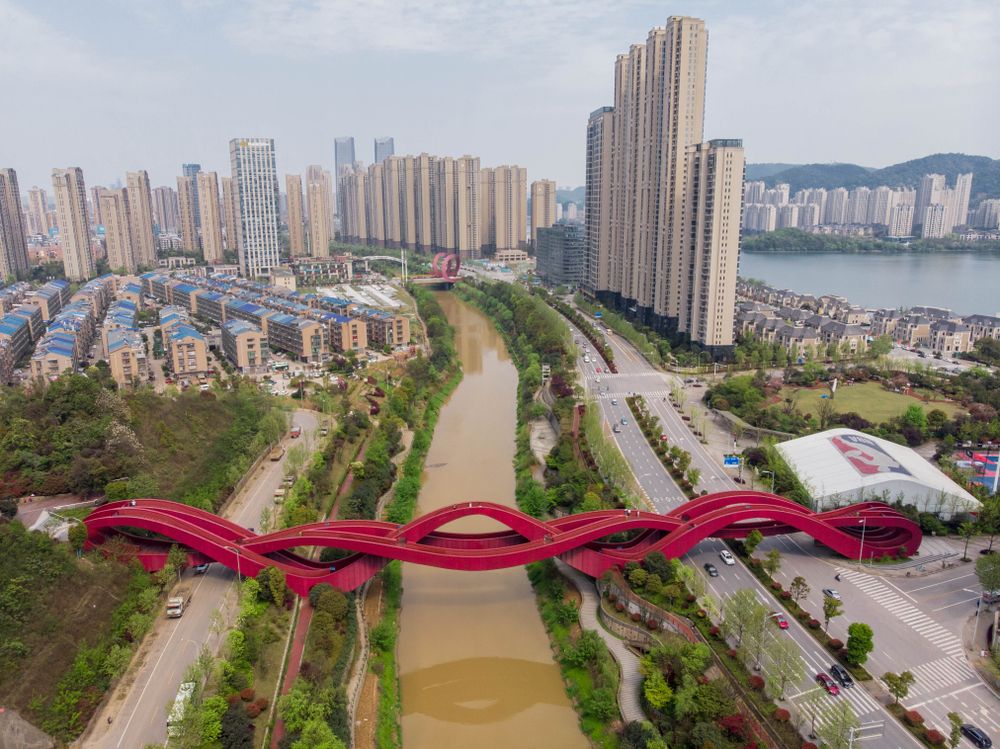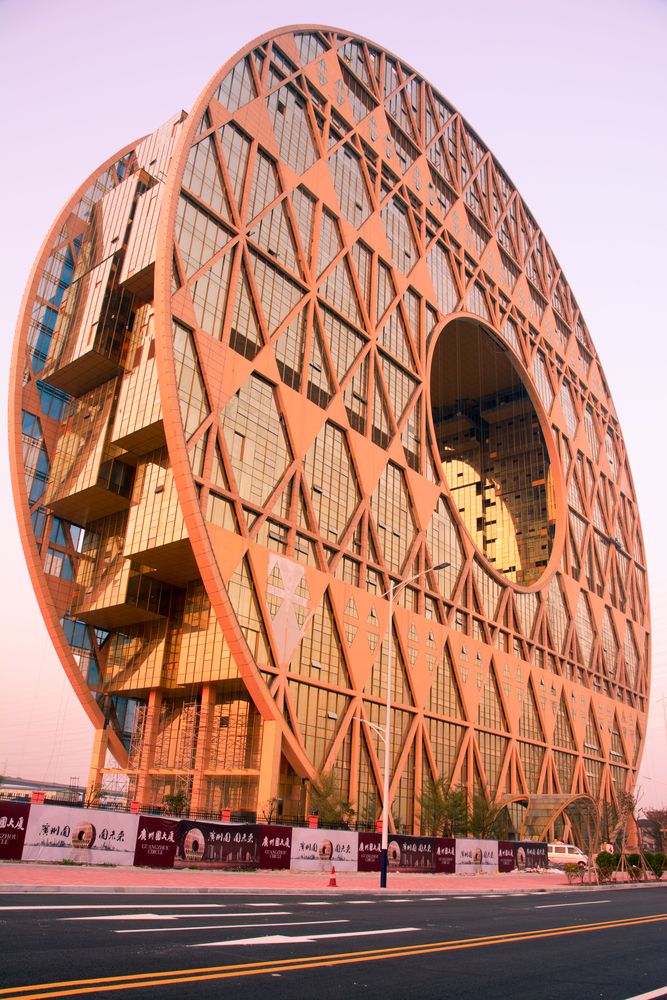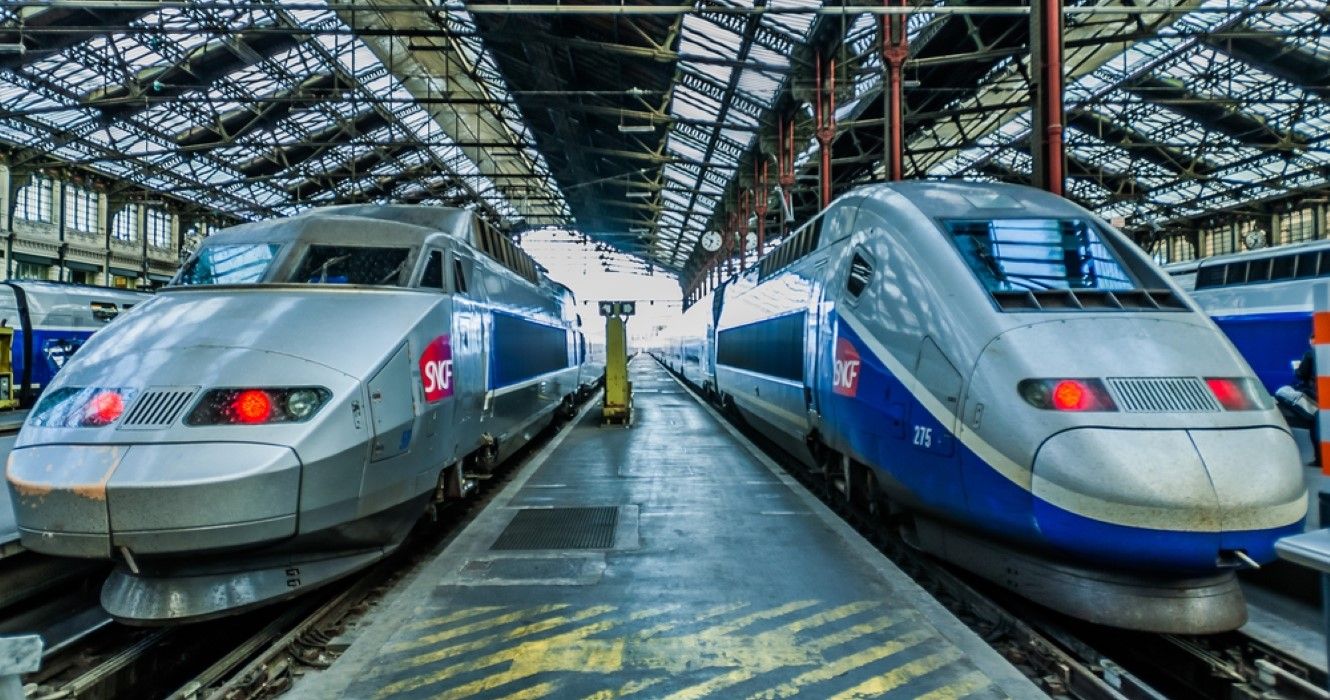The top tourist destinations of the future are quite distinctive, ranging from the tallest building in Europe to the most extravagant underwater hotels. Many projects are nothing short of spectacular and have either already been completed, are in the process of being created, or are being planned for the upcoming years. Some futuristic tourist destinations appear to be straight out of a science fiction film. Futuristic attractions fans now have more reasons than ever to visit China because of a variety of beautiful outdoor attractions that have opened or undergone significant renovations, from cruises down the longest canal in the world to a post-earthquake fairyland. International tourists may now check out some of these well-liked new items that have been capturing the hearts of domestic travelers during the epidemic now that the government has reopened its borders to foreign travelers and resuming the issuance of tourist visas. Chinese innovation has no limit. With the help of electromagnets, China's futuristic maglev trains can travel at great speeds across rails. The nation has now shown its first suspended maglev line made of permanent magnets, which engineers believe can keep a 'Sky Train' airborne even in the absence of a power source. Here is what to know about Sky Train.
Overview Of China’s Magical Sky Train
China is once more making headlines, this time for its cutting-edge maglev trains. These fast trains go along tracks using electromagnets. The nation just opened its first permanent magnet-powered suspended maglev line. This 2600 feet (731.5 meters) experimental track, also identified as the Red Rail, is located in China's Jiangxi province's Xingguo County. On social media, images of the sky train are becoming quite popular. The train generates a constant repelling force powerful enough to raise a train into the air using powerful magnets. The train travels beneath the levitating track at up to 50 mph (80.5 km/h) while operating around 33 feet (10 meters) above the ground with virtually no physical touch. According to sources, the track costs a lot less to install and emits less electromagnetic radiation than conventional lines. The fact that China is swamped with the rare earth elements needed to produce the permanent magnets used in trains also contributed to this technical triumph. For those who are unaware, China mines less rare earth metals than any other country in the world and possesses over 40% of the world's known deposits of these elements.
- Capacity: 88 persons can ride the train at once.
China’s Fastest Train In The World
China has created its own 373 mph (600 km/h) maglev trains using knowledge garnered from more than ten years of continuous operation, and it has big ambitions for a network of maglevs, including a route between Shanghai and Hangzhou. Nowadays, it possesses the fastest train in the world and is also one of a kind since it is the only one in the world that now transports passengers using magnetic levitation (maglev) as opposed to traditional steel wheels on steel tracks. The maglev trains, which use German technology, travel over an elevated track with little friction thanks to their strong magnets. With a top commercial speed of 285.8 mph (460 km/h), China’s fastest train travels the 18.6 miles (30 kilometers) between Shanghai's Pudong airport and Longyang Road station in the heart of the city in only seven and a half minutes.
Other Futuristic Attractions In China
Chinese creativity and vision are unique. Tourists can be surprised by what is waiting for them every time they go to China!
Cross Lucky Knot Bridge
The striking Lucky Knot Bridge in Changsha is a unique pedestrian bridge made of steel that is constructed to appear to have no beginning or finish. It is really three bridges braided together, spanning the Dragon King Harbor River in the Meixi Lake District. Being 607 feet (185 meters) long and 78.7 miles (24 meters) high, it is understandably a huge draw for those looking to liven up their Instagram feeds. It was opened in October 2016!
Check Guangzhou Circle
The Guangzhou Circular's unusual circular form was reportedly intended to contrast with Western skyscrapers. The two circular facades of the building, which has an inner hole of 157.48 feet (48 meters) in diameter and was constructed using Feng Shui principles, have great value since they are meant to represent the fortunate number 8.
- Another impressive building: The 1-km Phoenix Tower
A New Traveling Tendency In The World
Short-haul flights are becoming less appealing to many tourists as the globe deals with climate change. The flight shame craze, which originated in Scandinavia, has already motivated a lot of travelers to depend less on planes. High-speed rail is, until shown otherwise, the most practical substitute for air travel for distances up to 700 miles (1,100 km). It offers a seductive blend of ease and speed, moving passengers between metropolitan centers at speeds of 180 mph (290 km/h) or more. Rail is significantly more efficient than experimental, low-capacity ideas like the Hyperloop because it can carry enormous numbers of people fast. With the help of Japan's Shinkansen and the Train a Grand Vitesse in France, hundreds of billions of Euros have been invested in new high-speed, high-capacity railroads throughout Europe and Asia since the 1980s.
China has established itself as the unchallenged global leader in the previous ten years by constructing a 23612-mile (38,000-kilometer) network of new railways that connect practically all of the country's regions. The European network is being expanded by Belgium, Spain, Italy, Germany, and England, with other nations likely to follow by the 2030s. With the completion of the Al-Boraq line in Morocco in 2018, Africa saw the arrival of its first high-speed railway, and Egypt is destined to follow suit before the end of the decade. The United States, Thailand, India, Russia, and South Korea are among a growing number of countries committed to building new railways where trains will race between major metropolises at speeds of more than 155 mph (250 km/h). Taiwan and Saudi Arabia have also established high-speed routes.





